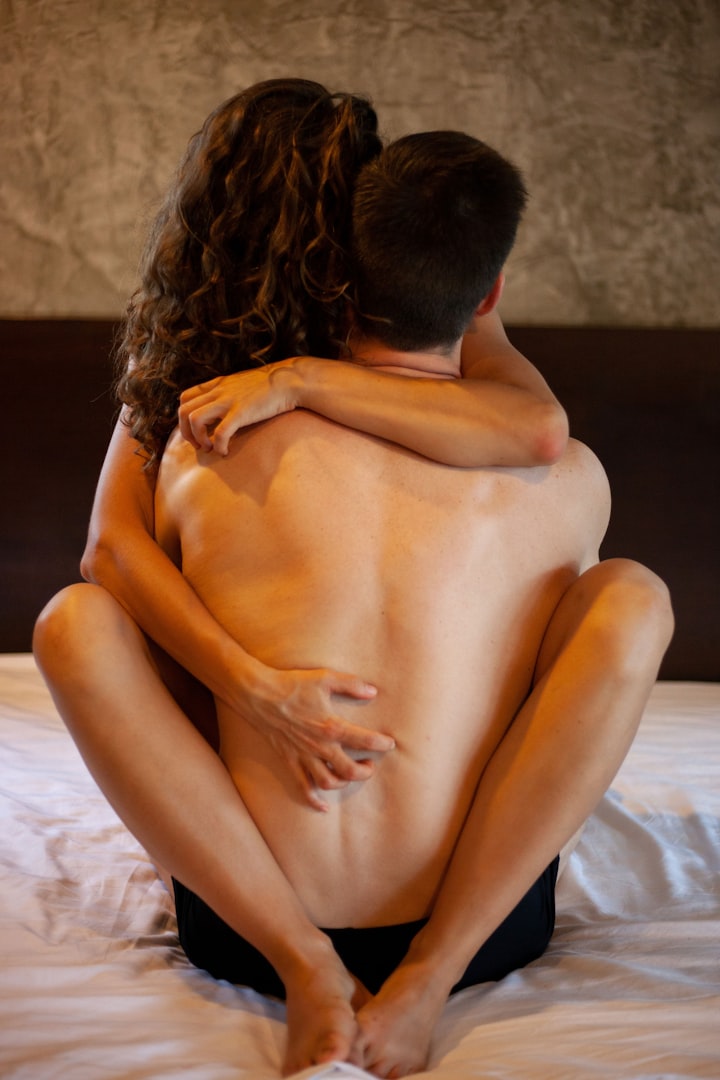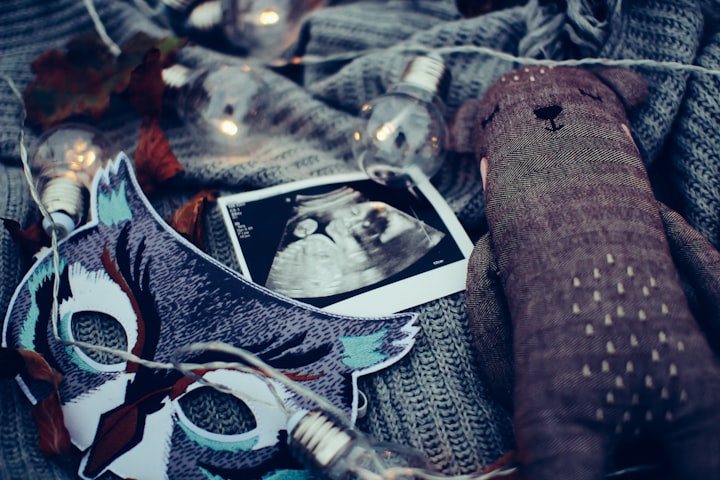Color Therapy: All About Chromotherapy
Which are your favorite colors?

It is everywhere and it influences you whether you look at it or not. You enjoy the beauty of colors both consciously and subconsciously. Even though we are always surrounded, we rarely think about the origin or effect of colors on our condition.
Read on to find out some basics about color and an introduction to chromotherapy or color therapy.
What are the colors
As we know, color is light and energy. Color is visible because it is reflected and refracted by all kinds of particles, molecules, and objects. There are a variety of wavelengths by which light can be categorized to produce different types of light.
Visible wavelengths range from approximately 390 to 750 nanometers and are known as the visible spectrum. Other wavelengths are associated with light that we cannot see with the naked eye and examples would be x-rays and ultraviolet rays. We all know the effects of "invisible" rays, so it is only natural that visible light can affect us.
For example, there is a mild form of depression (seasonal affective disorder) that can affect some people during the winter.
Chromotherapy or how color therapy works
Color therapy (chromotherapy or light therapy) is a type of holistic healing that uses the visible spectrum of light and color to affect a person's mood and physical or mental health.
Each color falls into a certain frequency and vibration, which many believe can affect the energy and frequency of our bodies.
We all know that light is captured by the eyes, but it is important to keep in mind that light can also enter through the skin.
Given the different vibrations and frequencies of other colors, scientists believe that certain colors that enter the body can activate hormones and thus trigger chemical reactions in the body. This can lead to various emotions and reactions that encourage the body to recover.
Scientists say that colors can have a positive effect on people with mental illness or emotional problems. For example, the color blue has a calming effect that can lower blood pressure, while the color red has the opposite effect (think of bulls that are infested with this color).
Green is another color that can be used to relax people looking for balance. Yellow has an invigorating effect that can energize people suffering from depression.
There are other types of alternative therapies that are based on the fact that each person's energy aura contains different layers of light that can be used for purification and balance.
By knowing the colors in your aura, you can come to better understand your mood and therefore know how to heal faster. The colors around you can have different effects on you.
Color therapy accelerates healing
It is well known that the sun as a source of light has a huge effect on our lives. Thousands of years ago, advanced cultures of the time began to investigate their colors and healing powers.
Egypt, China, and Greece have laid the foundations of today's chromotherapy. They painted rooms of different colors in hopes of speeding up healing, using natural colors in the spaces in which they lived, using special crystals that decompose the light into rooms for healing.
Here is evidence that people began using colors for their therapeutic properties up to 2000 years ago. And it has started to gain more and more popularity lately, with numerous books on chromotherapy.
Johann Goethe himself studied the psychological properties of color. The subject is still disputed and more in-depth studies are needed to convince skeptics who do not yet believe in the use of color and light for healing.
What effect do colors have on us?
Red is tonic and energizing
The strongest of the colors, red stimulates, instigates, and energizes. It is used to treat anemia, inflammation, respiratory diseases, and depression. It facilitates the strengthening of the immune system and the proliferation of healthy cells in the body and instantly vitalizes. Increases body tension and temperature.
Orange is a good digestive
Orange stimulates gastric secretions and digestion, and at the same time can increase the feeling of hunger in people with digestive disorders. At the same time, it speeds up the pulse, treats asthma and epilepsy, spasmophilia and stress. It is also used to balance libido.
Yellow facilitates introspection
Yellow is the color of spirituality, self-knowledge and promotes self-healing of the body. It allows us to relax, penetrate the depths of consciousness, and balance the energy of the body. It can treat migraines, liver problems, diabetes, skin conditions, and digestive disorders.
Green balances us
Looking at this color during chromotherapy sessions helps us to achieve balance, both internally and externally. It relieves hypertension and heart disorders, treats insomnia and neuralgia, and recent therapies use it for cancer. It is the color of hope, of optimism, of the return to the origins.
Blue calms us down
The most "serene" color, blue has primarily a visible calming role. It induces our inner peace, facilitates meditation and objective analysis of reality.
It lowers blood pressure, calms breathing, and reduces heart rate. It is used especially for patients with gynecological diseases, infections, insect bites, rheumatism, encephalitis.
Indigo or "head" color
Indigo is the color obtained by mixing red and blue. It mainly treats localized conditions of the head and upper respiratory tract: sinusitis, pneumonia, eye, and ear problems, facial paralysis, and cough.
Purple, the color of the spirit
Along with yellow, violet mainly acts on the balance between the psyche and the body. It is a deep, full color that offers the opportunity for complex therapy. It treats mental disorders, purifies the body in case of infections or toxicity, can treat pneumonia, meningitis, and epilepsy.
Sources: Three-Week Bright-Light Intervention Has Dose-Related Effects on Threat-Related Corticolimbic Reactivity and Functional Coupling, 2014, Patrick M. Fisher, Martin K. Madsen, Brenda Mc Mahon, Lis F. Hasholt, Hartwig R. Siebn





Comments
There are no comments for this story
Be the first to respond and start the conversation.